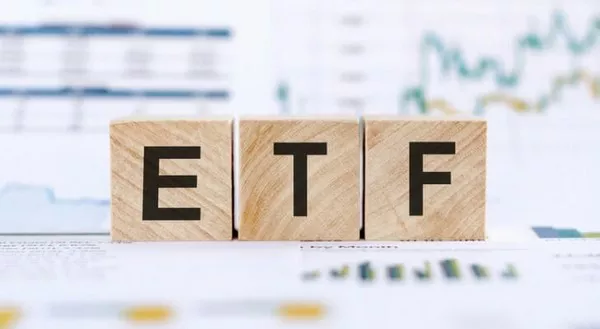Exchange-traded funds (ETFs) have gained significant popularity in recent years as a low-cost investment option. These investment vehicles offer diversification, liquidity, and flexibility to investors. However, beneath their glossy reputation, ETFs come with their fair share of drawbacks that investors need to be aware of. In this article, we will delve into the disadvantages of ETFs, shedding light on their potential pitfalls and helping investors make informed decisions.
Lack of Control and Transparency
One of the primary disadvantages of ETFs is the lack of control and transparency for investors. Unlike investing in individual stocks or bonds, when investing in an ETF, investors have limited control over the underlying securities held by the fund. This lack of control can be concerning for those who prefer a hands-on approach to their investments. Additionally, the transparency of ETF holdings is often delayed, meaning investors may not have real-time visibility into the fund’s composition. This can make it difficult to assess the true risk exposure and evaluate the impact of any changes in the underlying assets.
Tracking Error
ETFs aim to replicate the performance of a specific index or benchmark. However, due to various factors such as trading costs, fees, and imperfect replication methods, ETFs may experience tracking error. Tracking error refers to the divergence between the ETF’s performance and the performance of the underlying index. This can result in investors not fully capturing the returns they expected, potentially leading to disappointment and underperformance compared to the benchmark.
Volatile Market Conditions
ETFs are susceptible to market volatility, and this can have adverse effects on their value. During periods of extreme market turbulence or liquidity shortages, ETF prices may deviate significantly from the net asset value (NAV) of their underlying assets. This phenomenon, known as price dislocation, can expose investors to unexpected risks. In such scenarios, investors may find it difficult to execute trades at fair prices, potentially leading to significant losses or missed opportunities.
Intraday Trading Risks
ETFs are traded on exchanges throughout the trading day, allowing investors to buy and sell shares at any time. While this flexibility is an advantage for some, it also introduces risks. Intraday trading can expose investors to price fluctuations caused by market speculation and short-term trading strategies. Additionally, the bid-ask spreads, which represent the difference between the buying and selling prices, can be wider for ETFs compared to individual stocks. This means investors may face higher transaction costs when entering or exiting their positions.
Market Saturation and Overcrowding
The ETF market has experienced explosive growth, with new funds being introduced regularly. However, this growth has led to market saturation and overcrowding in certain sectors or asset classes. When multiple ETFs track the same index or have similar investment strategies, it can lead to reduced liquidity and increased competition for the same securities. This can affect the efficiency of the ETF market and potentially result in diminished returns for investors.
Hidden Costs
While ETFs are often promoted for their low expense ratios, there are additional costs that investors need to consider. One such cost is the bid-ask spread mentioned earlier, which represents the trading cost when buying or selling ETF shares. Moreover, there may be hidden costs associated with the management of the underlying assets, such as transaction fees, taxes, and securities lending fees. These costs can eat into the overall returns of the ETF and may not always be readily apparent to investors.
Conclusion:
In conclusion, while ETFs offer several advantages such as diversification, liquidity, and cost-effectiveness, it’s crucial for investors to be aware of the potential disadvantages associated with these investment vehicles. The lack of control and transparency, tracking error, vulnerability to volatile market conditions, intraday trading risks, market saturation, and hidden costs are all factors that can impact the performance and overall experience of investing in ETFs.
Investors should carefully consider their investment goals, risk tolerance, and preferences before allocating their funds to ETFs. It is important to thoroughly research and understand the specific ETF’s strategy, underlying assets, and historical performance. This will help investors make informed decisions and mitigate the potential risks associated with ETF investing.
Furthermore, diversifying one’s investment portfolio beyond ETFs can help reduce exposure to the specific risks and limitations of these funds. By incorporating a mix of different investment vehicles, such as individual stocks, bonds, mutual funds, or other alternative investments, investors can achieve a more balanced and diversified portfolio.
Lastly, seeking professional financial advice is always a prudent step, especially for investors who may be less experienced or have specific investment objectives. Financial advisors can provide guidance tailored to individual circumstances, helping investors navigate the complexities of the ETF market and make well-informed investment choices.
In summary, while ETFs have revolutionized the investment landscape and provide many benefits, they also come with their fair share of disadvantages. By understanding and carefully considering these drawbacks, investors can better assess the suitability of ETFs for their portfolios and make informed investment decisions that align with their financial goals and risk tolerance.


